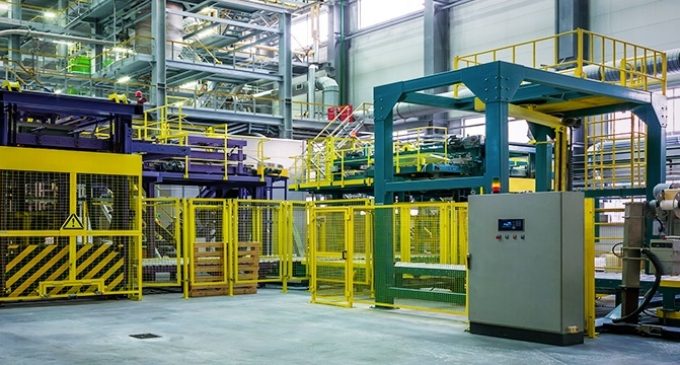Sharpest fall in production since July as sluggish demand conditions persist in Irish manufacturing

Business conditions across the Irish manufacturing sector weakened to the greatest extent for three months in October as subdued export demand, customer de-stocking and lacklustre global economic conditions weighed on sales. Staff hiring stagnated as goods producers became less optimistic about growth prospects for the year ahead, according to the AIB Irish Manufacturing PMI for October 2023.
Manufacturers cut their output charges to help stimulate demand and retain market share, but input costs rose slightly as higher oil prices added to operating expenses.
Commenting on the survey results, Oliver Mangan, AIB Chief Economist, said: “The AIB Irish Manufacturing PMI survey for October showed a further deterioration in business conditions in the month. The headline index fell to 48.2 from 49.6 in September and 50.8 in August, though it is still above the readings seen during the May-July period. Furthermore, the Irish PMI remains higher than elsewhere in Europe. The flash manufacturing PMI readings remained very weak in October in the Eurozone and UK, at 43.0 and 45.2, respectively. These were also well below the US index, which stood at 50.0.
 “Significant declines in new orders and output were the primary factors behind the continued weakening in Irish manufacturing conditions in October. Firms reported that subdued demand in both domestic and export markets, higher borrowings costs and leaner inventory strategies all weighed on activity. New orders, in particular, fell at their fastest pace since last December.
“Significant declines in new orders and output were the primary factors behind the continued weakening in Irish manufacturing conditions in October. Firms reported that subdued demand in both domestic and export markets, higher borrowings costs and leaner inventory strategies all weighed on activity. New orders, in particular, fell at their fastest pace since last December.
“Other elements of the October PMI data also painted a weak picture of manufacturing. Employment numbers stagnated after increasing over the third quarter. There was another steep fall in order backlogs, as well as a renewed decline in stocks of finished goods. October also saw a marked reduction in the purchases of inputs, while the stock of pre-production inventories declined too. Manufacturers were also somewhat less optimistic on the outlook for the year ahead, though they continue to expect an increase in output.
“Meanwhile, input prices rose slightly in October following six months of declines. This reflected higher fuel prices and transportation costs following the rise in oil prices since mid-year. Manufacturers, though, continued to lower factory gate prices, largely on account of further falls in their raw material prices.”



























